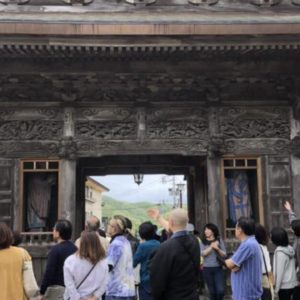Photo by Wesley Keppel-Henry
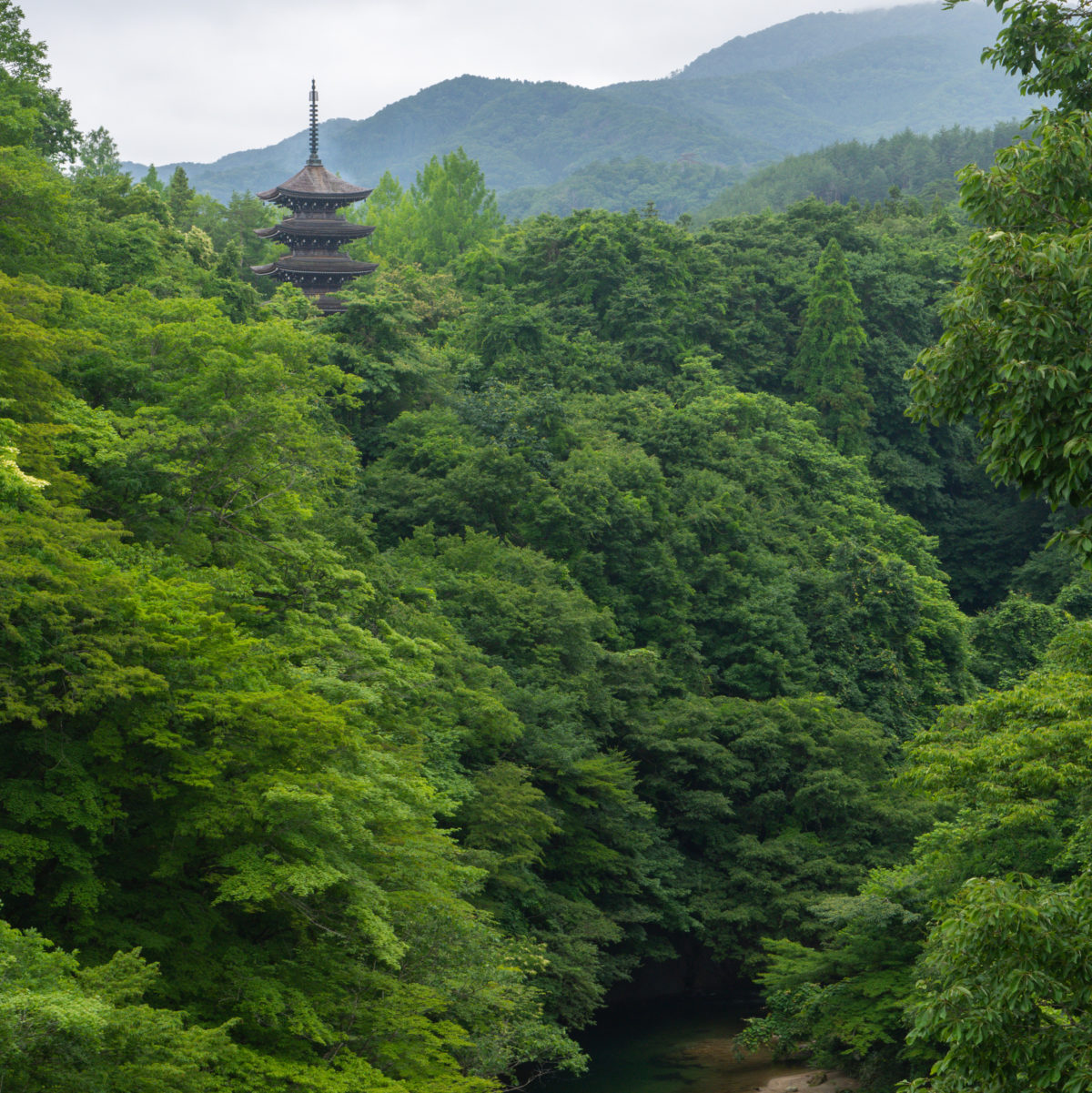
Photo by Timur Kalininsky
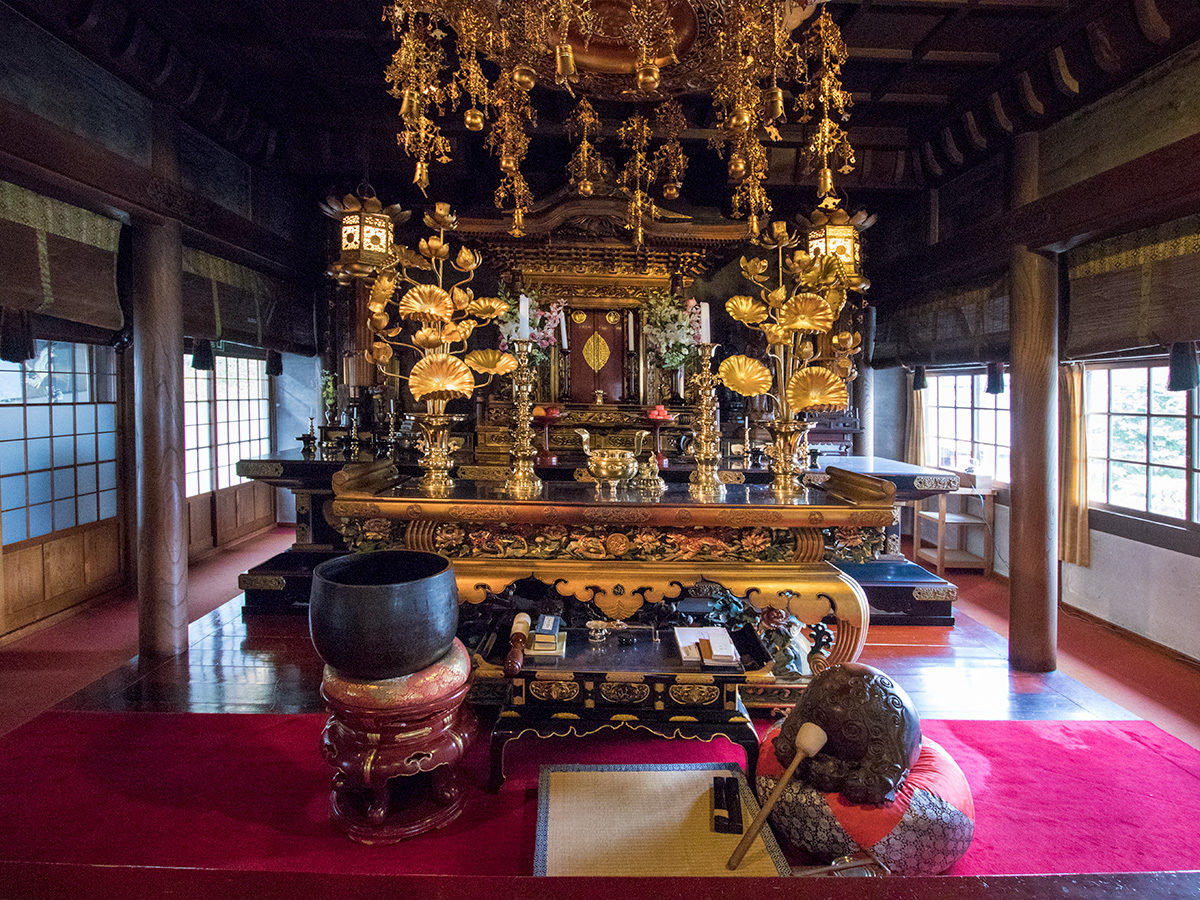
-
Just an hour away from downtown, nestled in the forested mountains of Sendai, you will find a small community called Jogi. In the twelfth century, members of the Heike clan settled here as a place of refuge after their defeat at the hands of the rival Genji clan. For centuries, the area remained virtually unknown to outsiders.
Jogi Nyorai Saihoji・定義如来西方寺
Jogi's dominant manmade feature is the majestic Saihoji Temple, also known as Jogi Nyorai. It is a place where the faithful come to pray for happy weddings, easy childbirth, health, and success. Just by being there, beholding the breathtaking landscape and listening to the sounds of the temple bell and birds singing, you'll be filled with a sense of peaceful happiness. Visitors are also invited to try shakyo (the hand-copying of a Buddhist sutra).
Timur Kalininsky
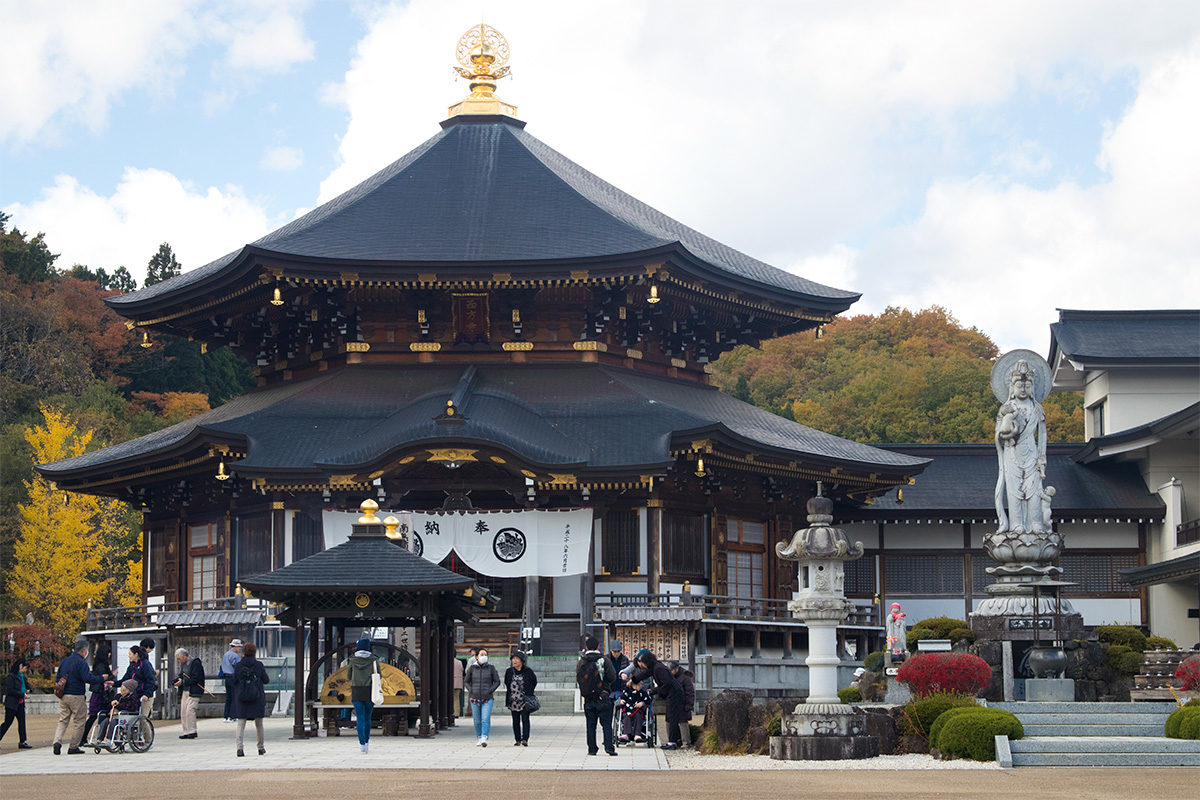
The history of Jogi Nyorai Saihoji started in twelfth century, when Sadayoshi Taira of the defeated Heike clan fled from the conquering Genji clan. He became a Buddhist monk, changed his name to Joge (distorted over time to "Jogi"), and prayed for the salvation of his fallen clan until his death in 1198. He had saved a precious scroll depicting the Amida Buddha from being lost in the war. In his honor, his followers built a small temple and enshrined the scroll there. For many centuries the temple was venerated only by the local people. Eventually, in 1706, local leader Genbei Hayasaka became a priest and established a grander Saihoji Temple to take care of the scroll.
Timur Kalininsky
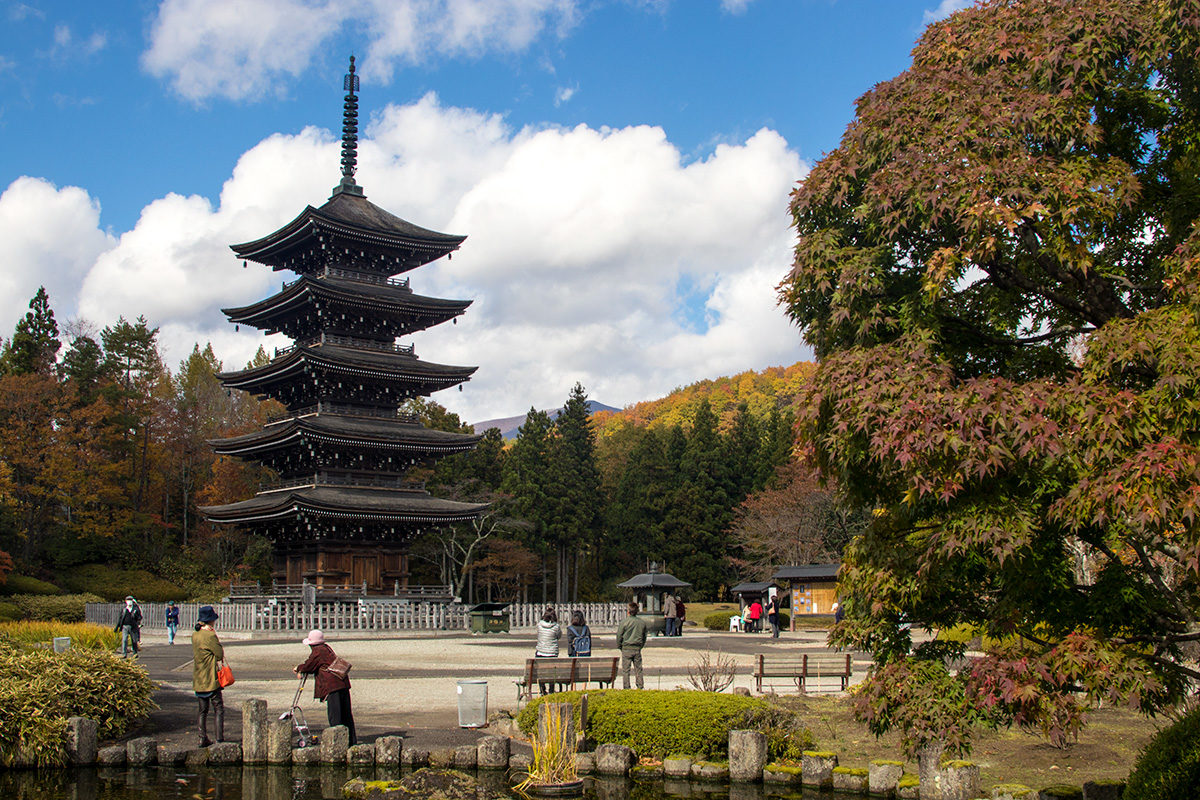
Today, Saihoji is a prominent Jodo (Pure Land) Sect temple. In addition to being a place of worship, Saihoji is a good sightseeing spot. The most eye-catching feature of the temple is its beautiful five storied pagoda, built in prayer that mankind will someday achieve permanent worldwide peace.
Yasuragi Teahouse・抹茶処やすらぎ
At the teahouse on the temple grounds near the pagoda, visitors can enjoy a cup of frothy matcha (powdered green tea) with wagashi (traditional Japanese sweets). The tea here is brewed with chomei-sui, water from a natural spring on the temple grounds. The water is safe to drink straight from the source. Visitors are invited to do so at the bamboo water fountain in the older area of the temple.
Timur Kalininsky
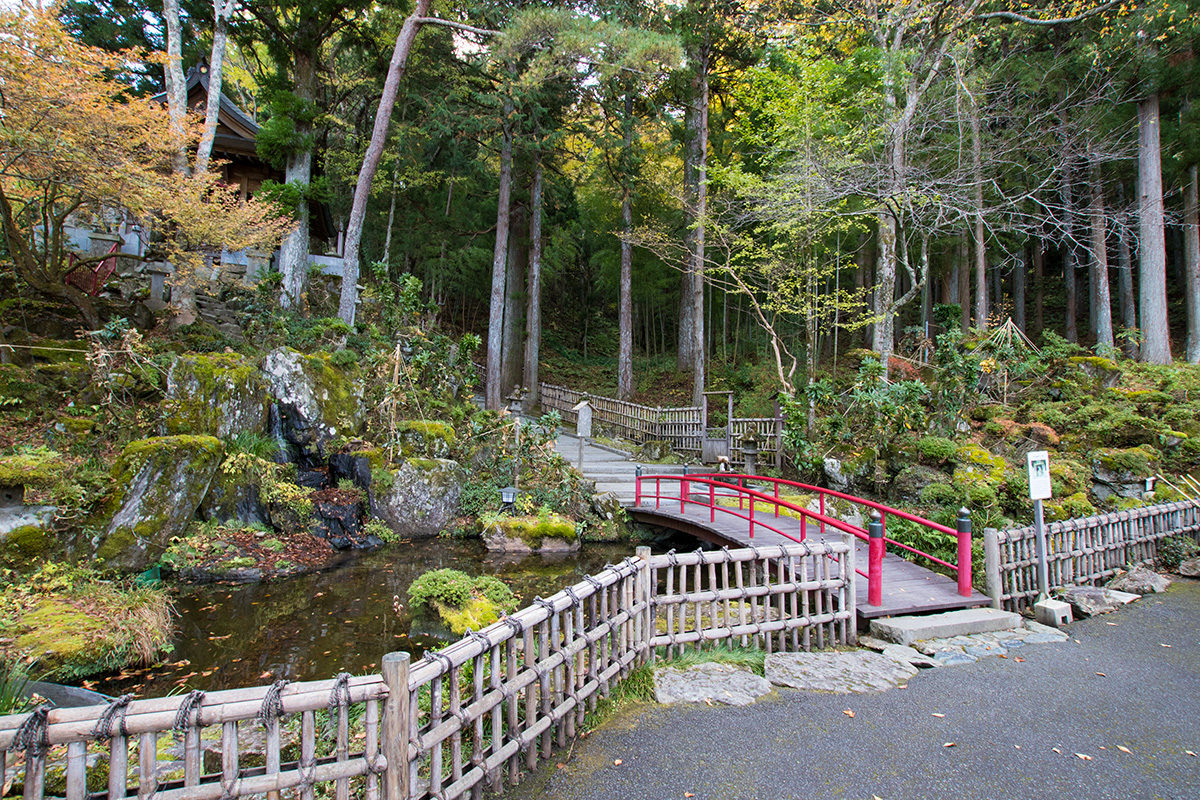
The older area of the temple grounds is more humble and verdant. Here, visitors can see the ancient mausoleum of Sadayoshi Taira and the Emperor’s Hill. The Emperor's Hill is the site where Sadayoshi buried the belongings of child Emperor Antoku. A pair of sacred trees, said to grant blessings in marriage, once grew here but died years ago. Their conjoined trunk remains, and next to it a new “child tree” tree has sprouted. Thanks to the “child tree,” the site has taken on new life as a place to pray for successful conception.
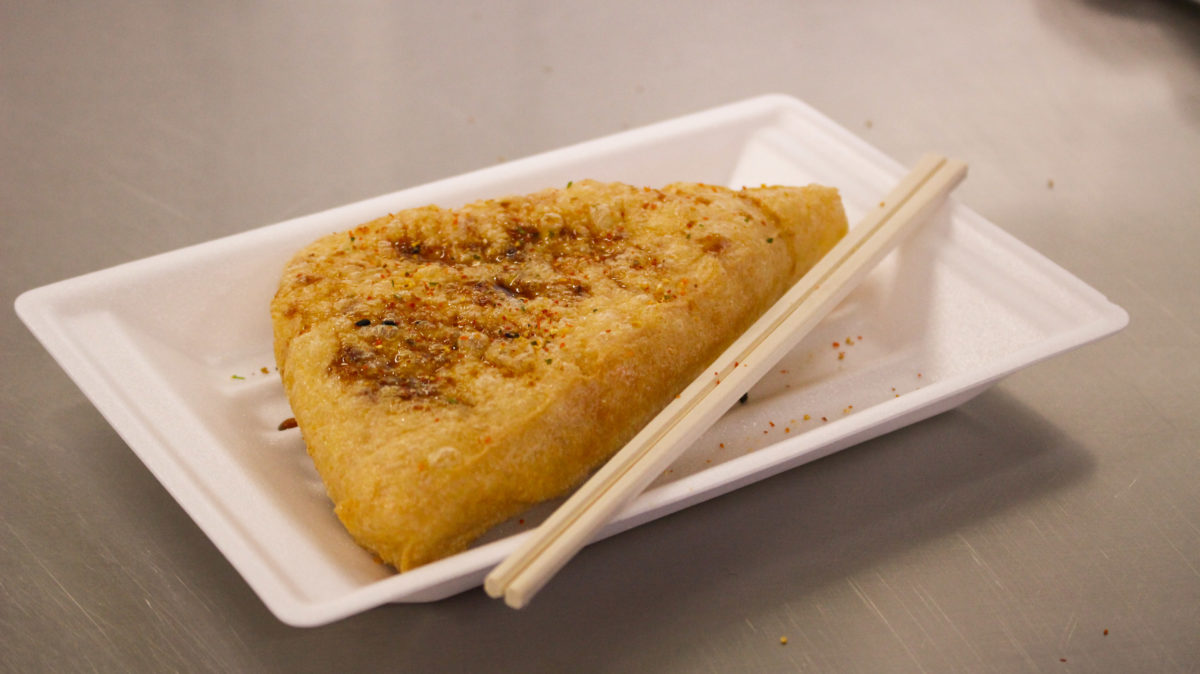
Sankaku Jogi abura-age・三角定義あぶらあげ
The main path towards Jogi Nyorai is lined with a handful of souvenir shops and small cafes. The Jogi area is famous for a kind of deep fried tofu called sankaku Jogi abura-age, said to be some of the best abura-age in Japan. It is affordable, tasty, and filling enough to satisfy the appetite of a hungry traveler.
Timur Kalininsky
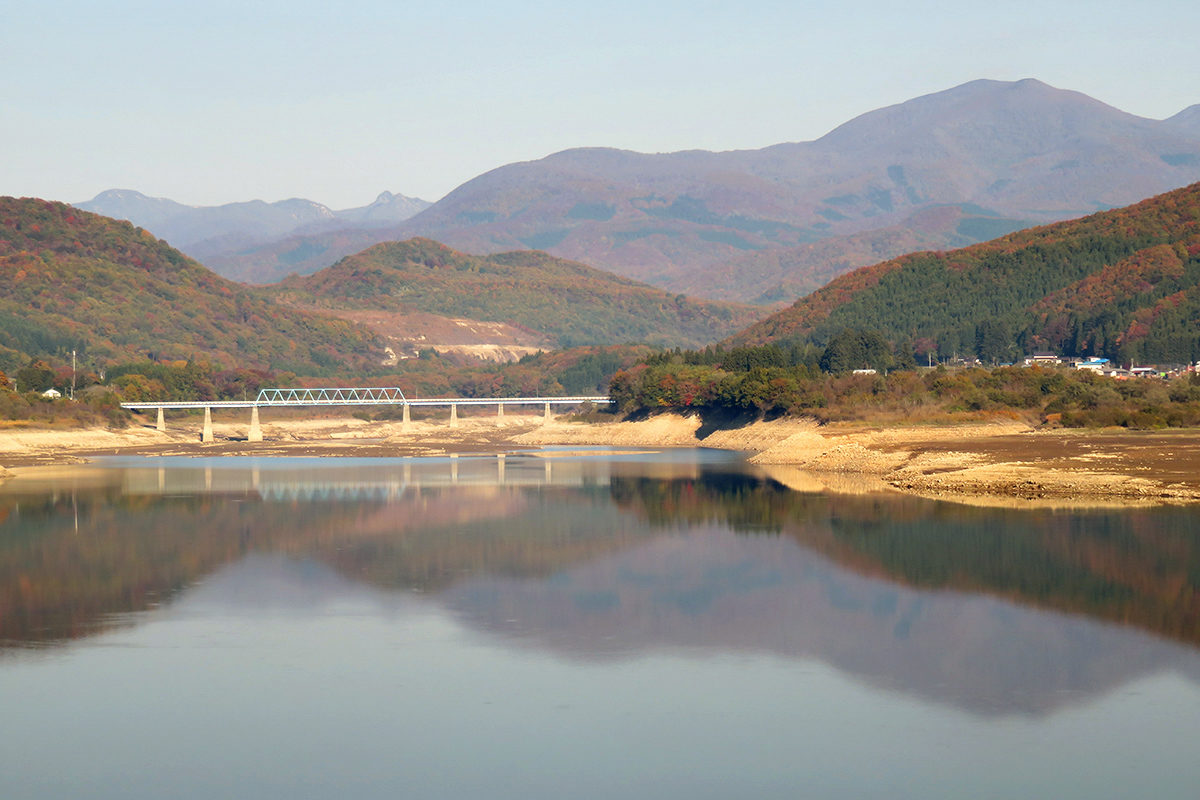
Okura Dam・大倉ダム
Not far from Jogi Nyorai, there is another place that is worth visiting: Okura Dam. It is a multiple arch dam, a kind rare in Japan. The view from the dam is quite nice and worth a stop for some pictures if you’ve got the time!
Timur Kalininsky
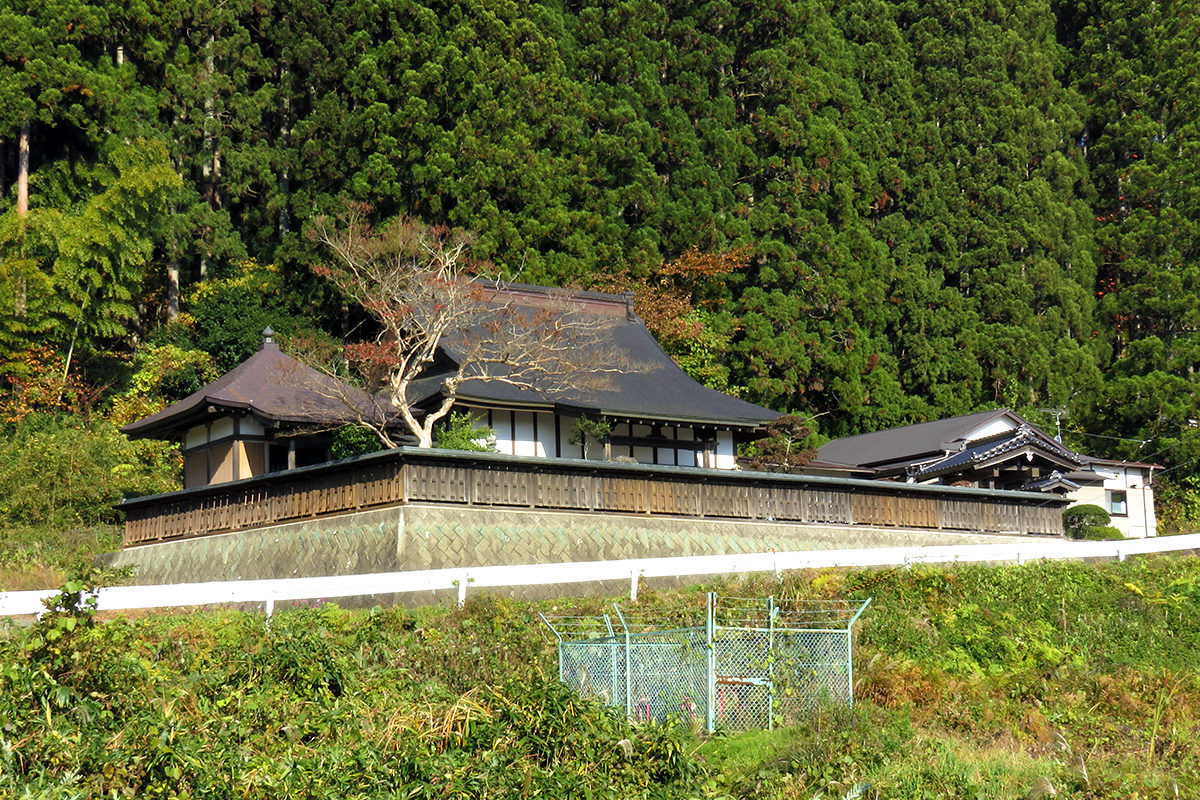
Seishoji・青松寺 & Ogura Jinja・大倉神社
There is a small Buddhist temple, Seishoji, not far from Okura Dam. It may not be large or famous, but it is interesting in how much it differs from city temples—small, cozy, and simple as it is. On the other side of the road there is a small Shinto shrine called Ogura Jinja. The locals say that the deity enshrined there has been venerated since ancient times.
Wesley Keppel-Henry
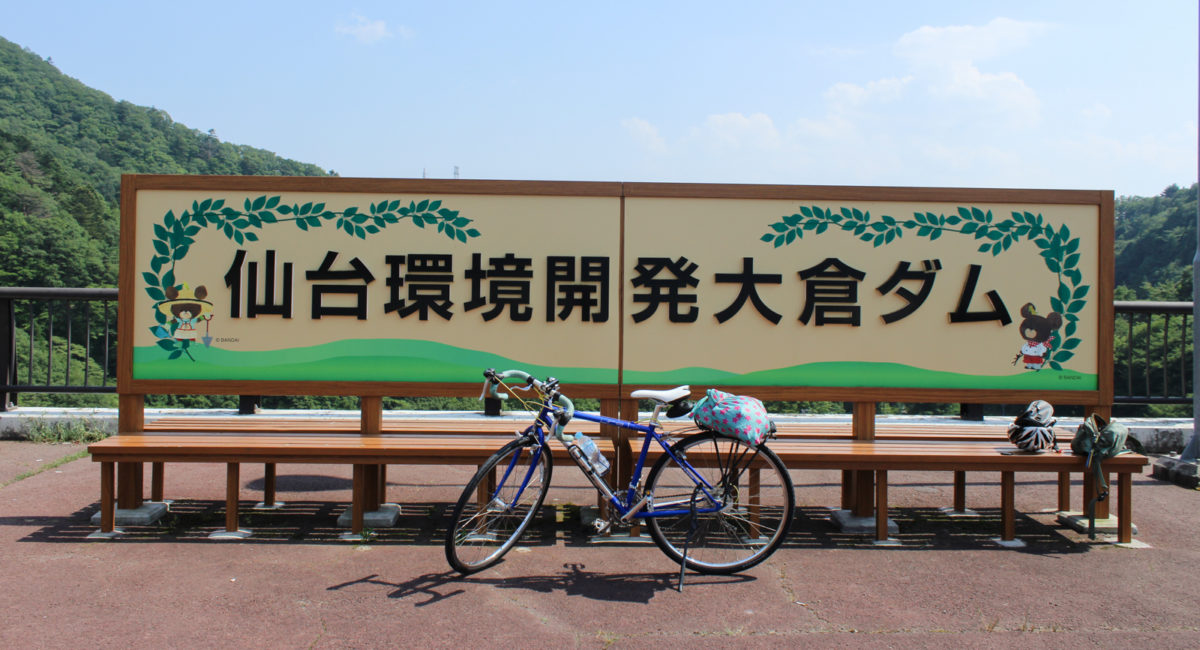
-
Last Update
August 8, 2019 -
Jogi Nyorai and Okura Dam can be accessed easily by bus, but if you are up to the challenge, try cycling! The ride is hard work but also a real pleasure, with pleasant scenery along the way.
WEBSITEhttps://jogi.jp/en/
-
Sendai
Tags






